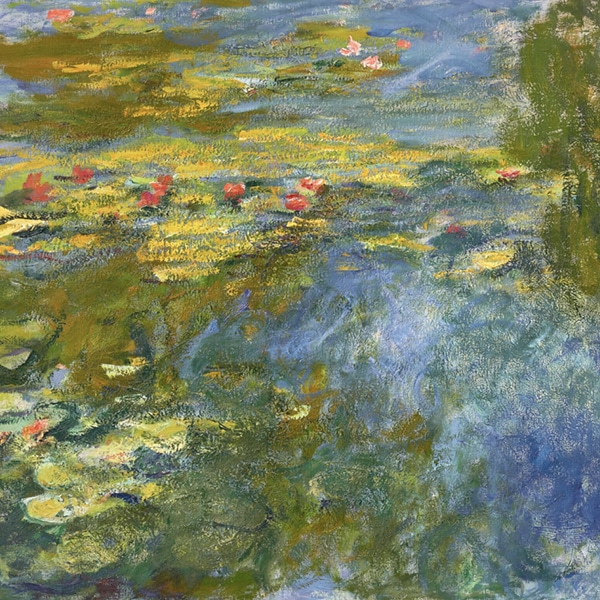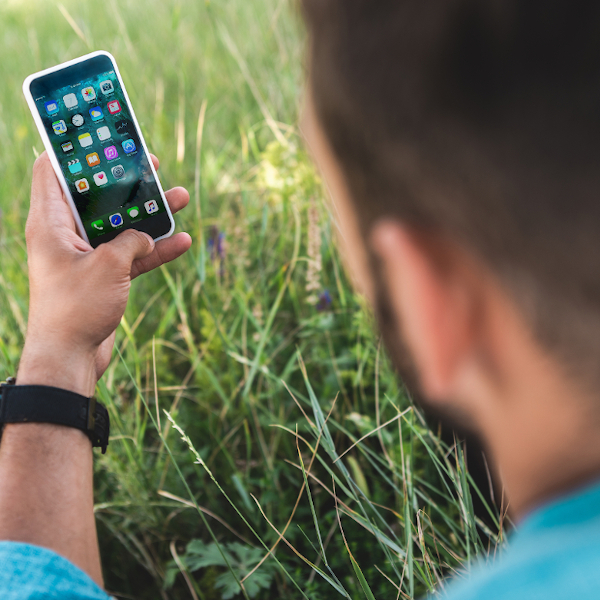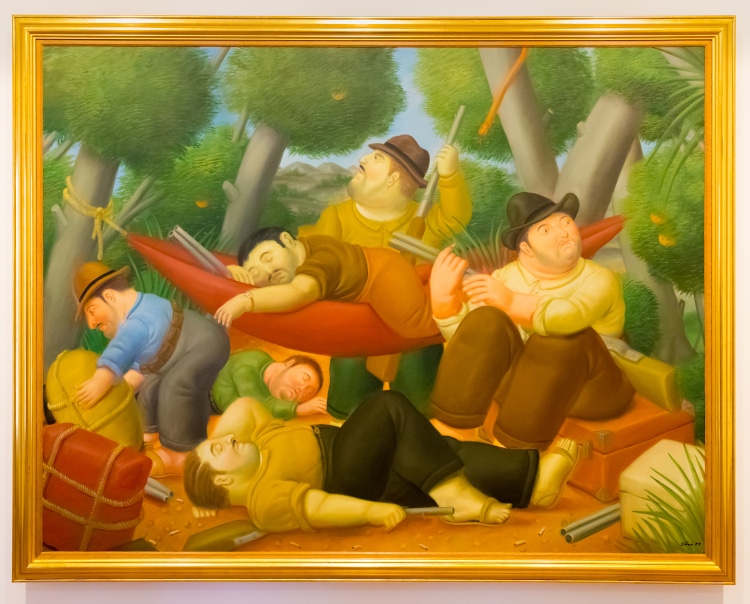
Photo: markpittimages.gmail.com/Depositphotos
One of the top contemporary painters in the world, Fernando Botero, has died at the age of 91. Known for depicting voluptuous figures in both his paintings and sculptures, Botero challenged the trends to build a unique style that propelled him to stardom. His mostly light-hearted creations not only made him one of the most exhibited artists in the world, but also allowed him to engage with the general public in a way most of his peers failed to achieve.
Botero was born in Medellín, Colombia, in 1932. Upon losing his father at age 4, his uncle took his family under his wing. Eventually, he signed up young Botero to a bullfighting school, only to realize he had a better time drawing the bulls than fighting them. His earliest artistic influences were Mexican muralism and cubism, of which he appreciated the sweeping dramatic aspects. One of his earliest jobs was producing illustrations for a local newspaper, which allowed him to pay his tuition.
After winning second place in a national art competition, Botero used the prize money to purchase a ticket to Europe. Following a period of selling drawings and copies of paintings outside Madrid's Museo del Prado to make ends meet, Botero made his way to Italy. It was in Florence that he encountered the one element that would come to define his style. Botero always insisted that he didn't paint “fat people,” but volume. It was the work of Titian, Giotto, and Botticelli that sparked his curiosity about how to depict volume on a flat surface, something mostly absent from the trends of the time.
Since the most notorious element of Botero's work were the rounded figures in colorful palettes and cheerful situations, several art critics looked down on his oeuvre. However, beyond the satirical tone of his paintings, a scathing political commentary about the class struggle in his native Colombia seems to run beneath the surface. Ultimately, Botero did take more explicit stances with his work, particularly with his Abu Gharib series, which depicted the torture and abuse of prisoners at an American jail in Iraq, as well as his depictions of the war on drugs at the end of the 80s in Colombia.
Despite spending most of his time in Europe—he divided his time between Italy, Greece, and Monaco, where he passed—he always kept his home country at the heart of his work. “I am very close to my country, although I don't go frequently, it is in my imagination. All my paintings are made from Colombia, I read the Colombian press and I am aware of everything thanks to my friends. I am Colombian by passport and by soul, and in recent years, violence has been decreasing in Colombia, and it makes me feel optimistic,” he said in an interview with EFE. This connection to his homeland inspired the self-appointed title of “the most Colombian artist of them all.”
While his works can be found in world-class museums around the world such as MoMA in New York City and the Smithsonian in D.C., it's Museo Botero, in Bogotá, that holds the largest collection of his works—as well as some of the art he himself collected. Opened in the year 2000, the museum is home to over 120 pieces created by the artist and 85 works from his personal collection.
A prolific artist, he worked in his studio every day despite his advanced age—a tribute to a life lived to the fullest thanks to his work as an artist. “I have been fortunate to always make a living from art. I haven't had to do anything different and that's what I'm most grateful for,” he told Soho magazine in 2011. “I just want to continue working, until the last day of my life.”
Colombian artist Fernando Botero, one of the top contemporary painters in the world, has died at age 91.
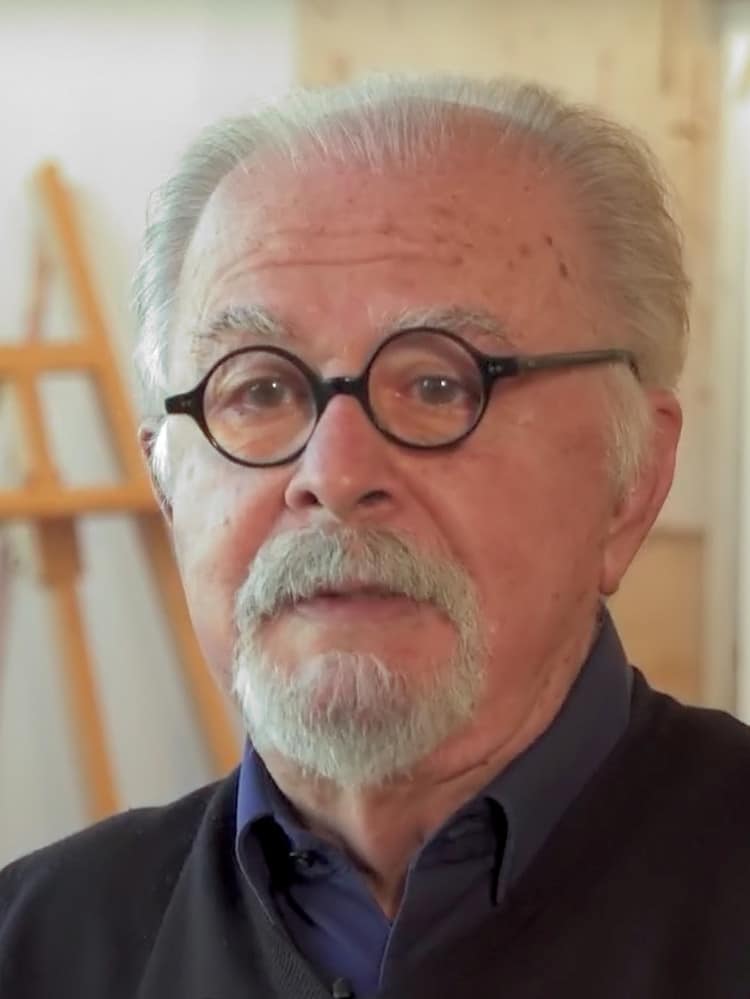
Photo: Culturespaces via Wikimedia Commons (CC BY 3.0)
Known for depicting voluptuous figures in both his paintings and sculptures, Botero challenged the trends to build a unique style that propelled him to stardom.
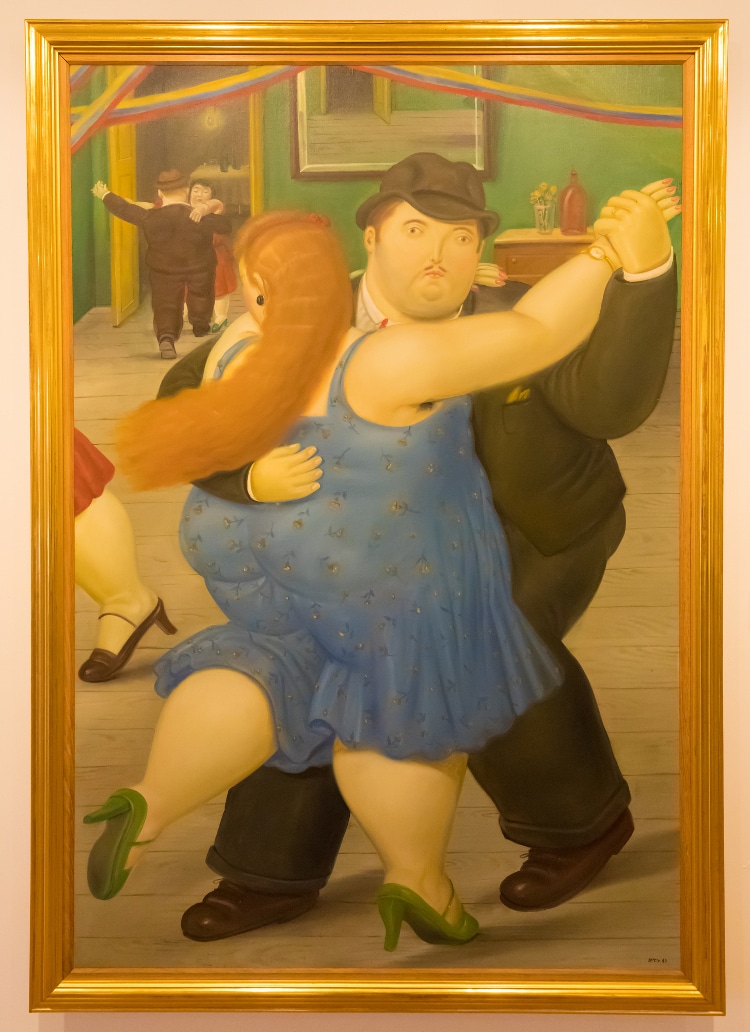
Photo: markpittimages.gmail.com/Depositphotos
“I have been fortunate to always make a living from art. I haven't had to do anything different and that's what I'm most grateful for.”
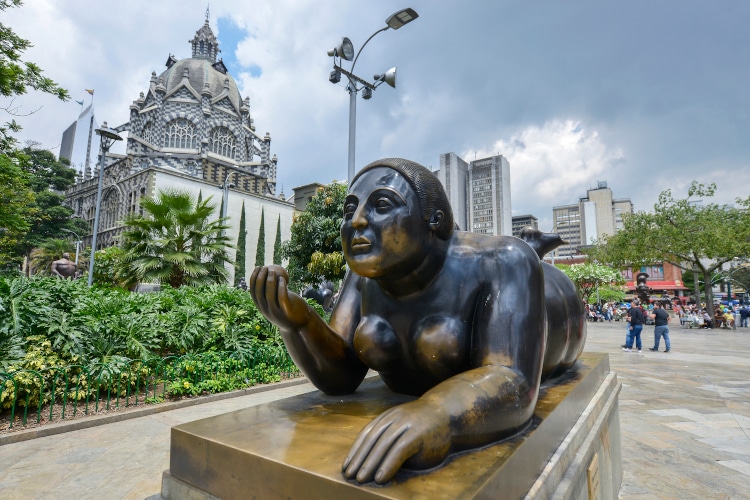
Photo: oscarespinosa/Depositphotos
Related Articles:
11 Great Hispanic Artists Who Shaped Western Culture
Who Was N.C. Wyeth? Learn About the 20th Century Illustrator Responsible for Over 100 Books
The Rollercoaster Life of an Iconic Art Deco Painter Known as “The Baroness with a Brush”
RIP Balkrishna Doshi: Remembering “India’s Greatest Architect”











































































